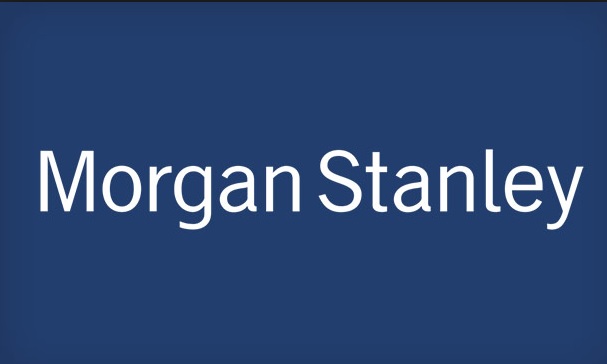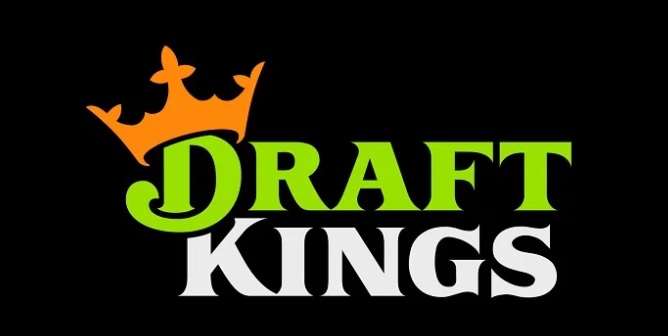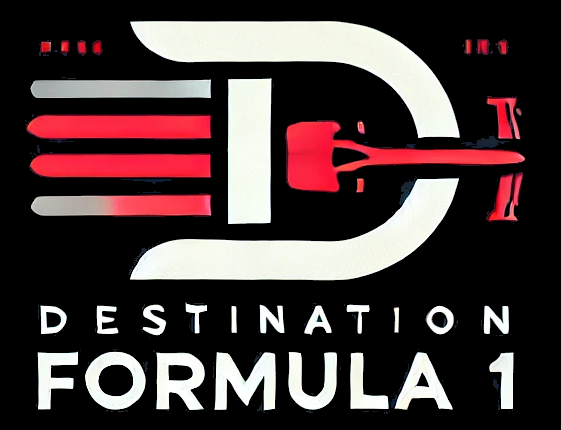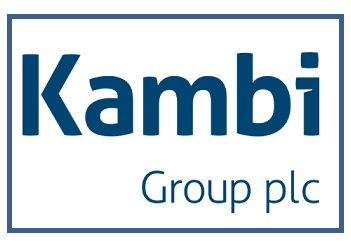We expect the US online gambling opportunity to sustain the momentum of operator consolidation. We evaluate hypothetical scenarios, benchmark potential merger synergies and assess how the forthcoming sale of William Hill’s non-US assets could alter the competitive landscape. Merger model on request.
Consolidation in online gambling is an ongoing trend … Over the past 5 years, the combined revenues for the top 5 operators in global online gambling have tripled to £12bn from £4bn. Put another way, we expect the largest operator, Flutter, to generate more revenue than the top 5 operators combined did in 2015. While this change has been partly driven by market growth (~70% in this timeframe), the majority has come from M&A, as operators have sought to diversify their revenues and achieve scale benefits in the face of rising tax and regulatory headwinds in core markets. With the prospect of further headwinds in the coming years (particularly in Europe), this trend appears set to continue.
… being amplified by the US sports and igaming opportunity. The potential of the US market (we see TAM going from <$1bn in 2018 to $15bn in 2025) has been increasingly recognised as the pace of state liberalisation has accelerated and early stage revenues have beaten expectations. European gambling sector market capitalisations are now over double what they were prior to the repeal of PASPA in May 2018 ($86bn vs $37bn), with Flutter and Evolution the main beneficiaries. This compares to flattish in the US peer group ($112bn vs $109bn) with DraftKings and the significant appreciation in Penn National offset by lower market caps in Las Vegas Sands and Wynn Resorts. As evidenced by the Caesars-William Hill transaction and (the rejected) MGM-Entain offer, M&A appears likely to continue to play a role as companies position themselves to develop appropriate product, technology and operational capacity to succeed in the market, as well as the right ownership structure to see this recognised in stock valuations. Large US casino operators had historically mostly focused on brick-and-mortar opportunities, but given the explosive growth of US online, they have looked at ways both big (above examples) and small (WYNN’s merger with BetBull) to best position themselves for the new market reality.
Precedent transactions show cost synergies have normally amounted to 4-6% of combined group revenues, or 15-20% of EBITDA. While this has been higher in certain cases, high levels of cost synergies have carried risk of disturbing the businesses’ operational momentum. There is a limited track record of quantifiable revenue synergies.
We have built a merger model (available on request) to assess all possible hypothetical M&A combinations for our covered companies and their peers. This is based on a number of assumptions that can be flexed. Using an illustrative set of assumptions as detailed later in this report suggests an average potential EPS enhancement of c.15% across the range of deals where leverage remains below 4x net debt/EBITDA.
The forthcoming sale of William Hill’s non-US assets could significantly alter the competitive landscape. William Hill is the fifth largest operator globally by online revenues and could therefore concentrate share for a large operator or vault a smaller operator into a significantly larger scale position. We assess the performance of and considerations around William Hill’s Online and Retail divisions, and show it could also feasibly be split into as many as five different parts.
A net negative for suppliers. Consolidation should give operators better leverage over pricing negotiations with suppliers, and in the short-term, we have seen operators able to choose the more favourable of their existing contracts as deals have been concluded.
























